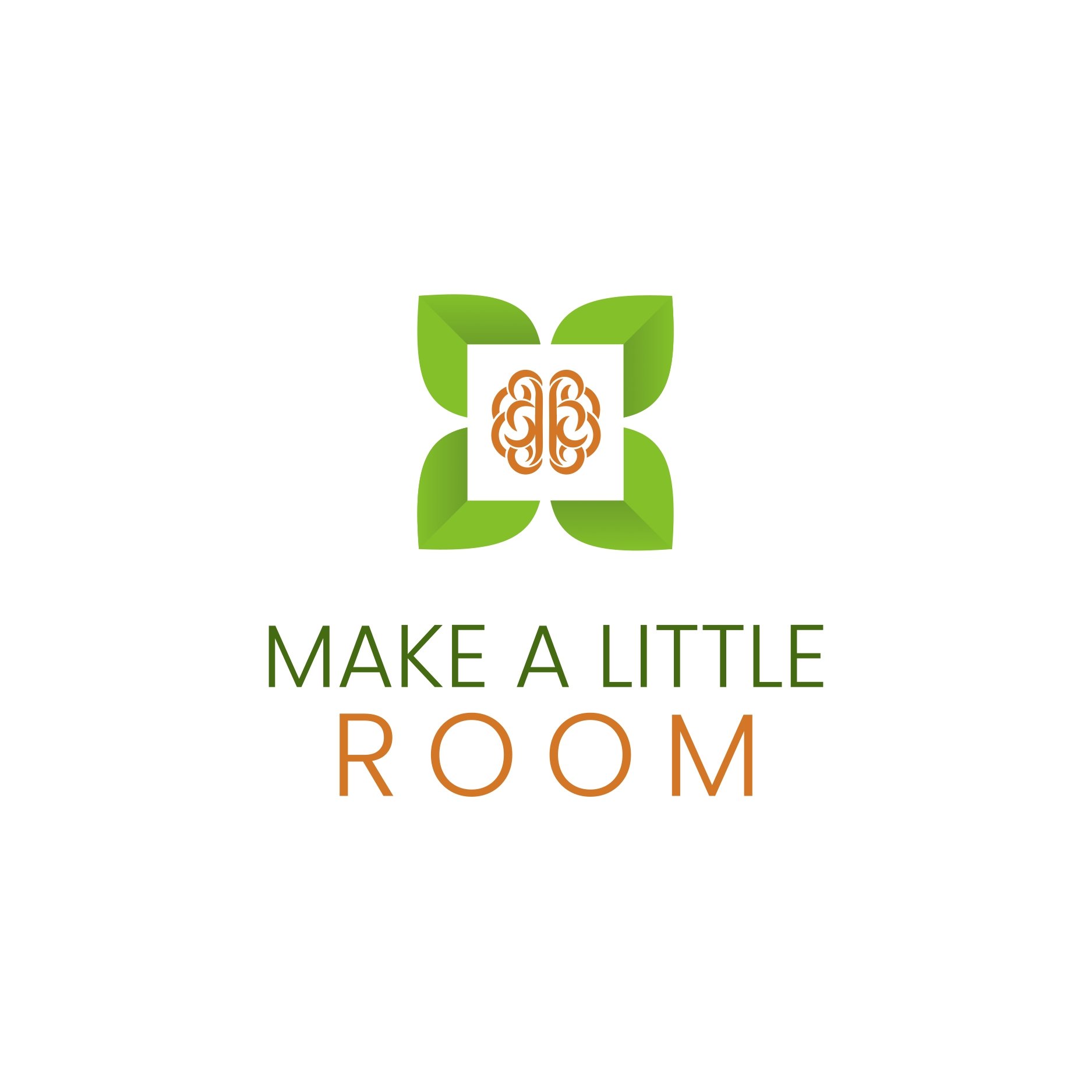
Noise, Lights and Crowds
can be exhausting and painful.
Quiet Space is hard to come by
A Quiet Room is just that: a small space that is kept quiet, with low lighting for people who need a break from all the noise, lights and crowds in public places.
Quiet Rooms increase accessibility and inclusion for people with invisible disabilities that require periodic brain rest, such as brain injuries, PTSD, anxiety, autism and others.
Even 5-10 minutes in a Quiet Room can be enough to allow for participation in a gathering, event, training, conference or other outing that makes life meaningful - empowering an individual to manage their own needs.
Quiet Rooms are a low-cost, low-tech solution to the social and professional isolation experienced when people find typical public places too overwhelming or physically painful.
Make a Quiet Room in your building, business or event, and make more room for neurodiversity and inclusion.
My name is Allison Walkowski. I am a Nurse Practitioner (FNP-C), a Certified Brain Injury Specialist (CBIS), and I have been living with a brain injury since 2018. For years I have arranged my life around the need to plan for escape from public places when my symptoms get overwhelming. I finally asked the questions: what if there were more places to escape to? What might I be able to do if my home wasn’t the only place where I could manage my environment?
The first goal of Make A Little Room (MALR) is to encourage the expectation of a quiet room at every brain injury conference. Look for me - and the first MALR quiet room - at the World Congress on Brain Injury, organized by the International Brain Injury Association in Dublin, Ireland March 29-April1, 2023.
Thank you for visiting!



